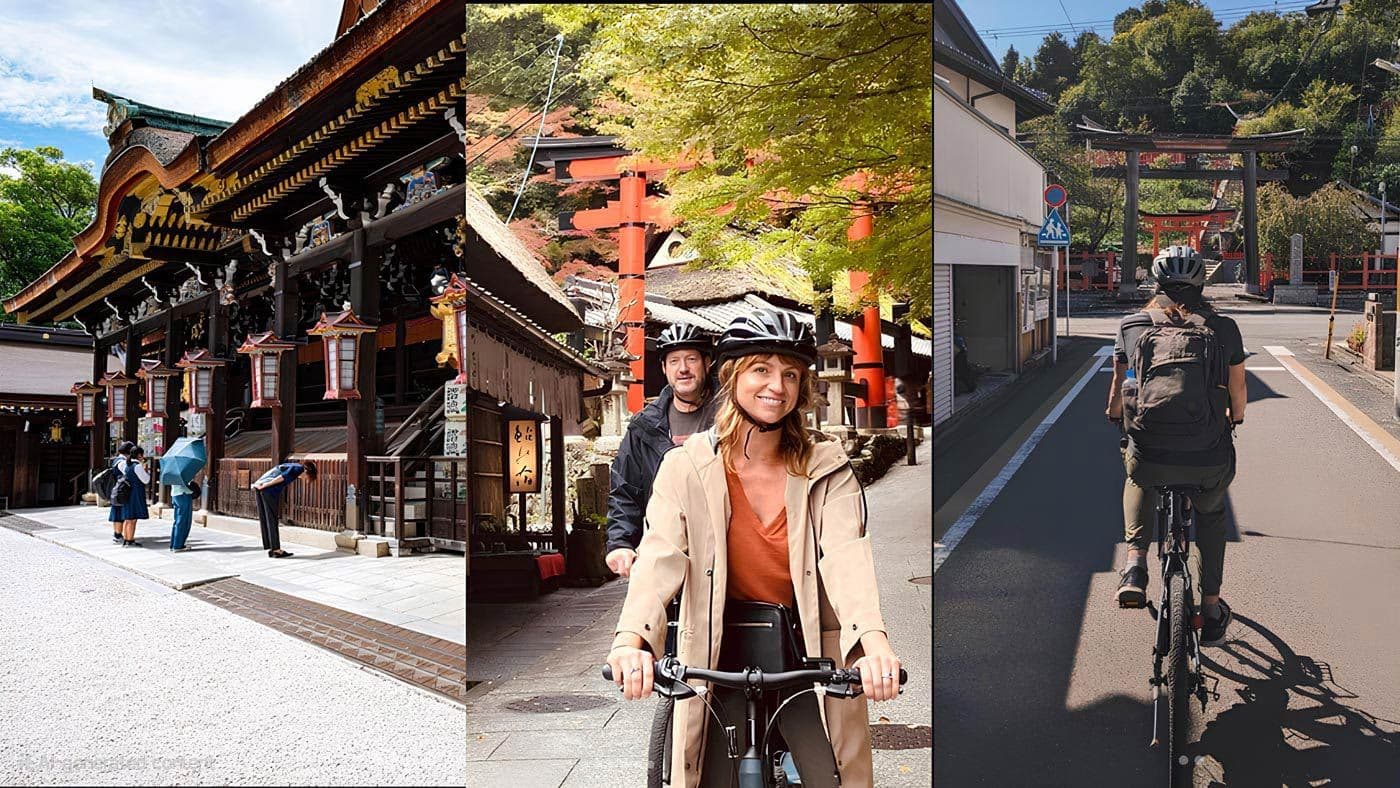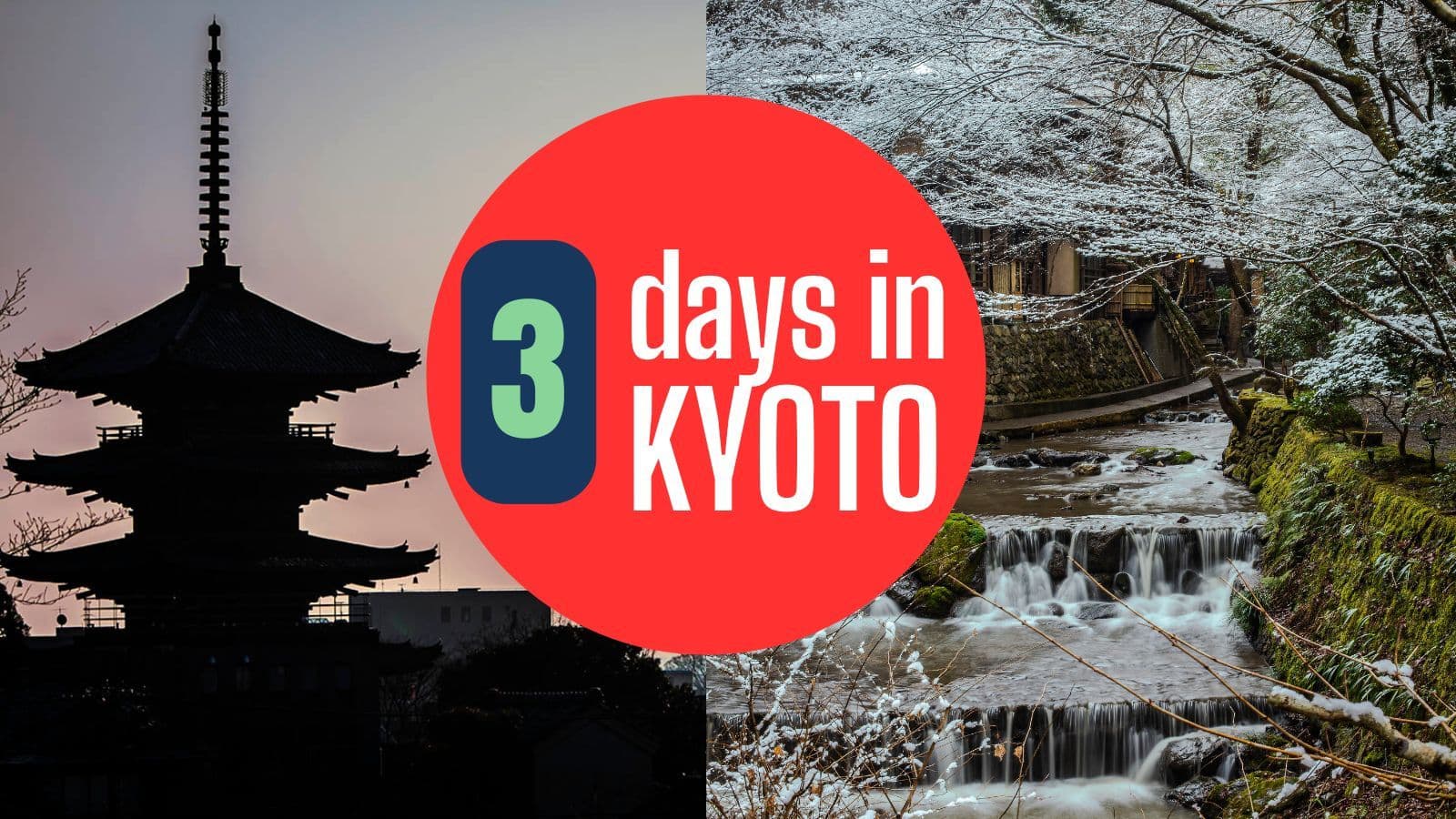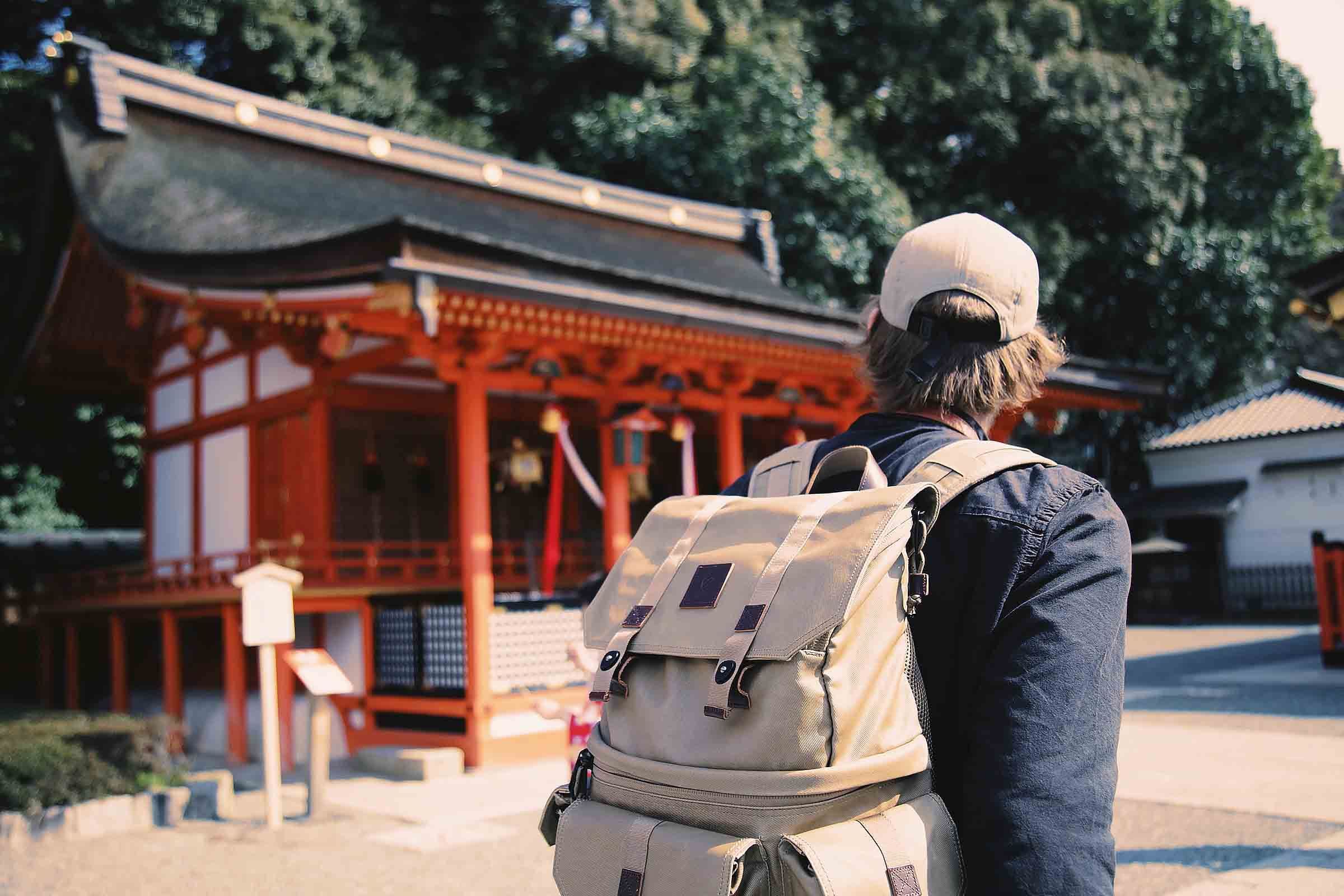
Navigating Japanese Apartments: Things You Need to Know
James Saunders-Wyndham

James Saunders-Wyndham
Table of contents:
Moving to Japan and into your first Japanese apartment is a unique experience. Your Japanese apartment will come with strict noise rules, detailed garbage sorting, and unique (cramped) living layouts. It might feel intimidating at first. But trust me, you’ll get used to it!
This article explains Japanese apartment living but does not offer a break down of renting prices. If you are interested in finding out about property rent and costs, please check out our article about paying rent in Japan.
“Years ago, I was living in a tiny apartment in a great area of Kyoto. I didn’t mind that my place was super small and cramped because the area I lived in was super convenient. A friend from overseas came and stayed while traveling around Japan. She told me that she had a walk-in closet bigger than my apartment. That place cost me 75,000JPY a month.”
You might get confused by Japan’s system of room measurement. Japan measures room size by tatami mats (traditional dried straw mats). When we talk about tatami mat rooms, it is often referred to as a ‘Japanese-style room’.
This does not mean that the room has tatami mat floors. In fact, you will find that most modern apartments do not use tatami flooring. It is just the traditional method of expressing room size.

In an apartment listing, you may see 'J' (this stands for jyo - 畳). This refers to the size of one tatami mat. A tatami mat is about 3 feet x 6 feet, or 0.91 meters x 1.82 meters. So, a 6J (or 6畳 - roku jyo) room is a 6-tatami mat room, which is an average sized bedroom in Japan.
A 1R apartment is an apartment that integrates the kitchen, bathroom, and bedroom into a single room, often with limited storage and no separate living areas. These apartments are typical for university students.
A 1K apartment is extremely small, typically around 27m² / 290ft². They have a Japanese floor plan that have a separate kitchen, from the main living space.
A 1LDK is a very common type of Japanese apartment, which includes a living, dining, and kitchen area alongside a single bedroom, offering more space and clearly defined separate areas. This is a popular type of living space in Japan for singles.

“I’ve lived in several 1LDK apartments. They are small and cramped. Although there is a small kitchen area, preparing food can be a challenge due to limited bench space. Living in a 1LDK is tolerable, if you live in an area that is in a convenient area. It must be a reasonable distance from a business district, close to public transport, and close to supermarkets and convenient stores.”

A 2LDK apartment layout has two separate rooms plus a combined living, dining, and kitchen space. They are popular with singles or couples, or even young families.
| Japanese Apartment Type | Japanese Apartment Size (m²) | Japanese Apartment Size (ft²) |
| 1R | 12 - 20 | 39 - 66 |
| 1K | 20 - 25 | 66 - 82 |
| 1LDK | 40 -50 | 131 - 164 |
| 2LDK | 50 - 60 | 164 - 197 |
| 3LDK | 70 -80 | 230 - 262 |
Most Japanese apartments are small. It is crucial to secure storage space and use multifunctional furniture. By utilizing wall space and creative partitioning, it's possible to effectively use limited space in a small Japanese apartment.
Many Japanese rental apartments come with basic furniture and appliances. For example, I have lived in apartments that provided a TV, table, single chair, small refrigerator, and washing machine. Be sure to check what your apartment includes when you sign your lease contract.
South-facing rooms have good sunlight, but they can become very hot in summer. Using blackout curtains or heat-shielding films is effective, and careful room temperature management is required.
It should be noted that most apartments in Japan have very small kitchen layouts. They do NOT have an oven, just a single or double stove top, plus space for microwave oven or toaster oven (toaster ovens are commonly used in Japan). Foreign residents often complain that it is difficult to prepare food in Japanese apartment kitchen.

Japanese landlords cherish tenants who keep communal harmony. Your thoughtful actions - removing shoes at the entrance, sorting garbage with care - speak volumes about your respect for local customs.
Success in your Japanese apartment journey blooms from embracing these cultural rhythms. Each small gesture of cultural awareness builds golden bridges with your landlord and neighbors. Soon enough, your apartment transforms from a simple living space into a true Japanese home.
Living in a Japanese apartment means thoughtful consideration and mutual respect. Let me share the essential guidelines that transform everyday living into a harmonious experience.
Imagine tiptoeing through your apartment late at night, conscious of your sleeping neighbors. Japanese apartments observe sacred quiet hours from 10 PM to 7 AM. During this time, keep sounds below 45 decibels - think whispered conversations. Daytime allows slightly more freedom at 60 decibels. Here's your peaceful living checklist:
Remember that time your friend wanted to crash at your place every weekend? Japanese apartments have specific rules about overnight guests. Regular visitors might need additional payment of approximately ¥10,000 per month. Your landlord becomes your partner in maintaining building harmony - keep them informed about frequent guests to avoid lease complications.
Dream of painting your walls or installing new fixtures? Landlord permission comes first. Japanese apartments preserve their original character through strict modification rules:
Want to add personal touches? Removable decorations like temporary wallpaper and damage-free hooks become your best friends. Just remember - your apartment should wave goodbye looking exactly as it greeted you.
Let me share a secret learned from decades of living in Japan - your relationship with property management can make or break your apartment experience. Would you believe about 38% of rental housing inquiries involve management issues and repairs?
Your sink starts leaking at midnight - what's your first move? Quick action becomes your best friend when facing apartment troubles. Watch for these common challenges:
Grab your phone, snap clear photos, and reach out to your property manager immediately. Here's a sobering thought - about 30% of maintenance issues worsen when tenants hesitate to report them.
Dream of hanging that beautiful artwork? Well, you will need to ask for permission. Let's walk through the permission steps together:
If you’re lucky, you may never see nor hear your neighbors in the next apartment. However, some neighbors can cause a lot of trouble for you. You could end up with one of the following bad Japanese neighbors:
Noise-related issues top the chart of neighbor concerns in Tokyo Metropolitan Government studies.
“I have only had to deal with one neighbor complaint in Japan. It was a noise complaint… I was very young at the time. They were a family, I went and made a formal apology and offered them a present (called owabi, which made it more formal). They accepted my apology, and we made peace. Show your neighbors respect, but also, show them that you understand Japanese culture. This can go long way in keeping good relations.”
If you do have trouble with your neighbors, I recommend the following:
That dripping tap needs fixing? Local laws state that only landlord-approved repair teams can touch your space. DO NOT TRY THE DIY APPROACH! If you need something fixed, contact your property manager. Otherwise, they may charge you for property damage when you leave.
Remember these golden keys to your Japanese apartment journey:
Picture yourself six months from now, gracefully navigating your Japanese apartment life. Those customs that once seemed mysterious now flow naturally into your daily routine. Many of my foreign friends discover unexpected joy in these structured yet peaceful living spaces.
Your Japanese apartment adventure awaits. Each small step - from perfectly sorted garbage to gentle footsteps in hallways - weaves you deeper into Japan's rich cultural tapestry. Trust me, your dedication to understanding these customs transforms simple apartment living into an enriching cultural experience.
FAQs
Q1. What are the key cultural differences in Japanese apartments compared to Western ones? Japanese apartments emphasize harmony and efficient use of space. They often feature unique layouts like the LDK system (Living, Dining, Kitchen), multi-purpose rooms, and traditional elements such as tatami flooring and sliding doors. Space utilization is maximized in compact living areas.
Q2. What are the essential rules to follow when living in a Japanese apartment? Key rules include observing quiet hours (typically 10 PM to 7 AM), following strict garbage sorting guidelines, obtaining permission for guests or modifications, and respecting shared spaces. It's crucial to maintain harmony with neighbors and adhere to the building's specific regulations.
Q3. How much should I expect to pay in initial fees when renting an apartment in Japan? Initial costs can be substantial, often totaling 4-6 times the monthly rent. This may include the first month's rent, deposit (usually 1-2 months' rent), key money (a non-refundable gift to the landlord), agency fee, and guarantor fee. Additional costs might include insurance and cleaning fees.
Q4. Are there specific seasons that are better for apartment hunting in Japan? The busiest rental season is from January to April, coinciding with the start of the academic and business year. During this time, there's more competition but also more available properties. The off-season (April to August) may offer less competition and potentially lower prices, but with fewer options.
Q5. How can foreigners improve their chances of successfully renting an apartment in Japan? To increase your chances, consider using English-speaking real estate agencies, have a stable job or student status, offer to pay several months' rent in advance, and if possible, have a Japanese guarantor. Being fluent in Japanese and demonstrating respect for local customs can also significantly improve your prospects.


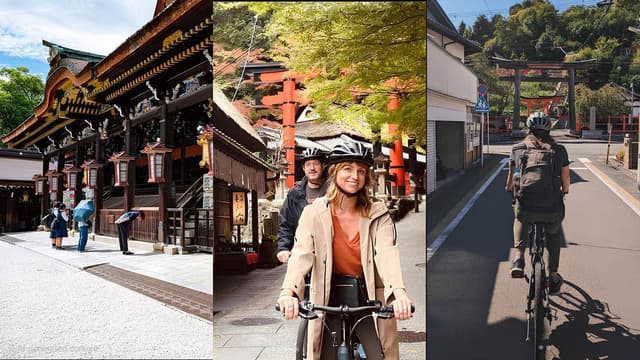
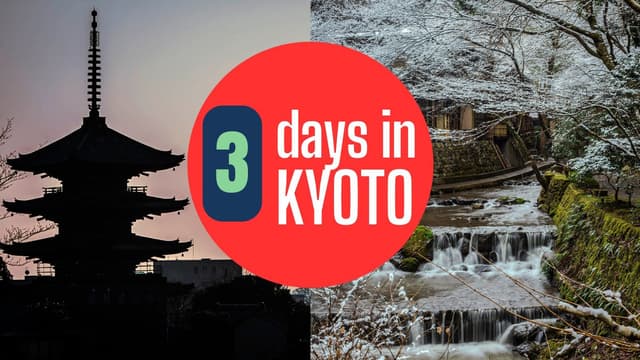

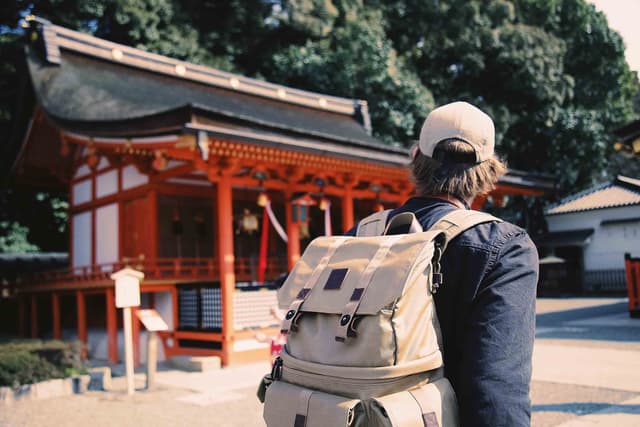

No FAQs available for this post.
Loading Comments...

I've been immersed in Japanese culture and daily life for over 30 years and am proud to call Japan my home. Originally from Australia, my journey has taken me from teaching at Japanese universities to traveling extensively across the country, uncovering its hidden gems. As a web developer, I built Romancing Japan from the ground up to share these experiences with you. Whether it's the charm of old Kyoto, the pulse of Tokyo, or the tranquility of the countryside, I love helping others discover the magic of Japan—one story at a time.

